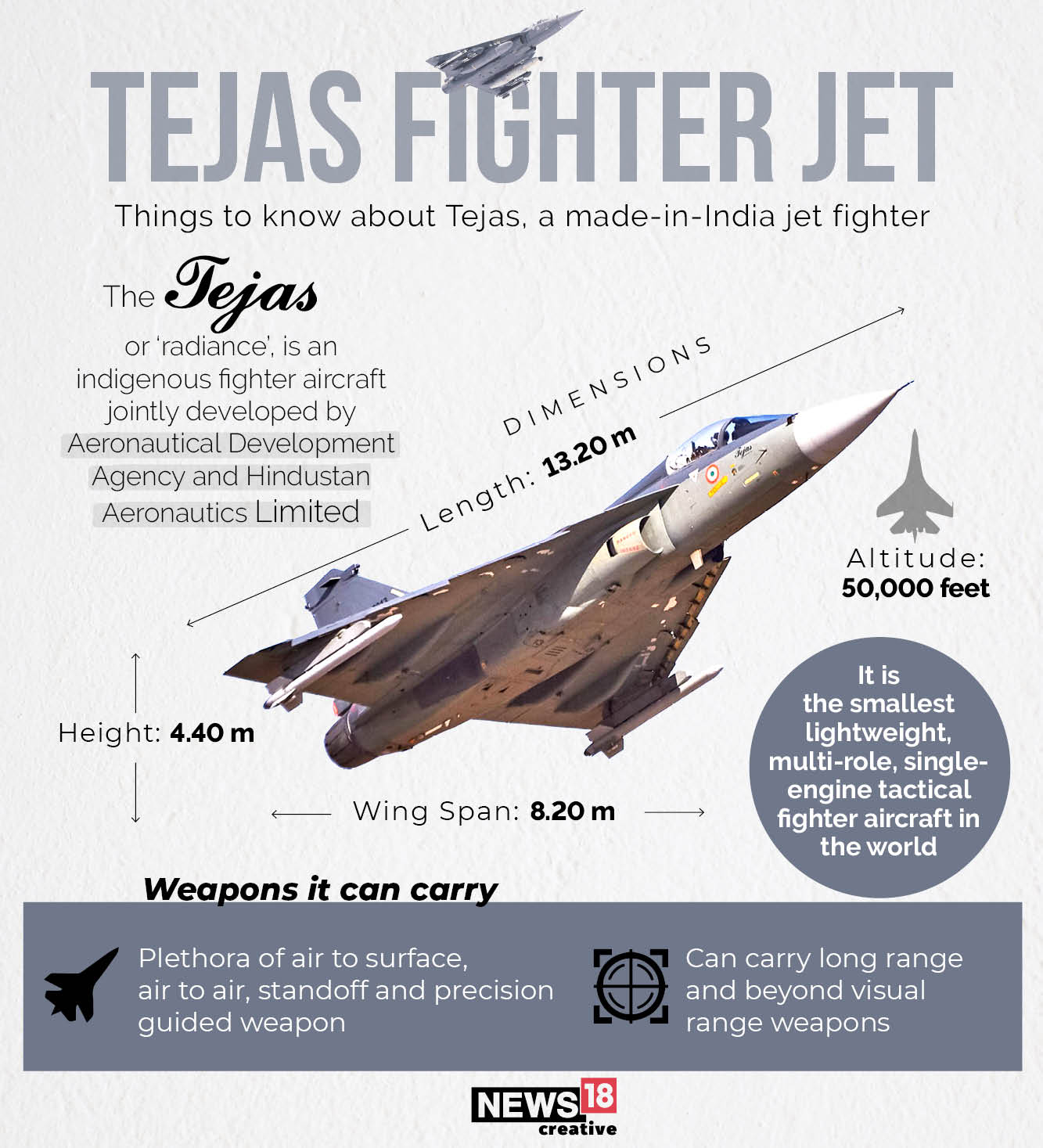TEJAS: Why The Indigenous Fighter Jet Makes A Perfect Case For PM Modi's Vocal For Local Call

We look at the strengths of the HAL TEJAS to understand why it makes a perfect case for PM Modi's call for making weapons in-house
In his recent speech while addressing the country hard-struck by the Covid-19 pandemic, Prime Minister Narendra Modi made it clear that India need to reduce its dependence on goods imported from abroad to boost the economy hit by the pandemic. Before this speech, PM Modi has said it many times to reduce dependency on foreign weapons and make indigenous weapons in India.
While IAF earlier floated tender from international producers two years ago for 114 aircraft, Indian Air Force now plans to replace its ageing soviet-sourced fighter jets with the locally-manufactured Tejas LCA (Light Combat Aircraft) developed and manufactured by Hindustan Aeronautics Limited.

IAF has already made a deal with HAL to supply 40 aircraft and now, 83 more jets will be procured to boost the strength of IAF. The 123 TEJAS fighters are to be followed by the Mark-II variant which are medium weight fighters.
We look at the strengths of the HAL TEJAS to understand why it makes a perfect case for PM Modi's call for making weapon in-house:-
History
India has long bought its fighter jets from countries like Russia, France and Britain under a license agreement to manufacture it locally by Hindustan Aeronautics Limited. However, back in the 1980s, HAL started the Light Combat Aircraft (LCA) programme to replace the ageing Soviet sourced MiG-21. With India’s former Prime Minister giving the LCA its name – TEJAS – the indigenously built fighter aircraft was inducted in the Indian Air Force with the IAF placing a 20 jet order initially and the first TEJAS Squadron was formed in 2016 called the Flying Daggers. Till now IAF has placed an order of 40 TEJAS Mk-1, including 32 single-seat aircraft and eight twin-seat trainers. IAF has also initiated procurement of a further 83 single-seat fighters in Mk 1A configuration.
Specification
The HAL-made fighter jet is ideally a single seat fighter jet but can be made into a twin seat jet depending on armed forces' requirements, which is mostly for training purposes. The jet is light and simple as compared to other foreign-made fighter jets and is famous for its delta wing arrangement. It is powered by a single General Electric engine rated at 53.9 kN (12,100 lbf) thrust dry, 90 kN (20,200 lbf) with afterburner. It has a length of 13.2 metre and a wingspan of 8.2 metre. The plane weighs 6500 kg (dry) and has a total takeoff weight of 13000 kg. The TEJAS has a maximum speed of Mach 1.8 (2222 kmph) and can travel 500 km with drop tanks. The TEJAS can carry laser guided bombs, air-to-air and air-to-surface missiles, anti-ship missiles, and has Israel's Elta EL/M-2032 multi-mode fire control radar on board.
The HAL-made TEJAS is agile, powerful, and value-for-money as compared to expensive planes like Dassault Rafale. Although it can't match the Rafale in terms of technology and firepower, TEJAS can be bought in large numbers (113 to be precise) and can replace the MiG-21 Bison and Dassault Mirage. When PM says we have to be dependent on India-made products, there's no better weapon than TEJAS than the defence forces can have.



No comments:
Post a Comment